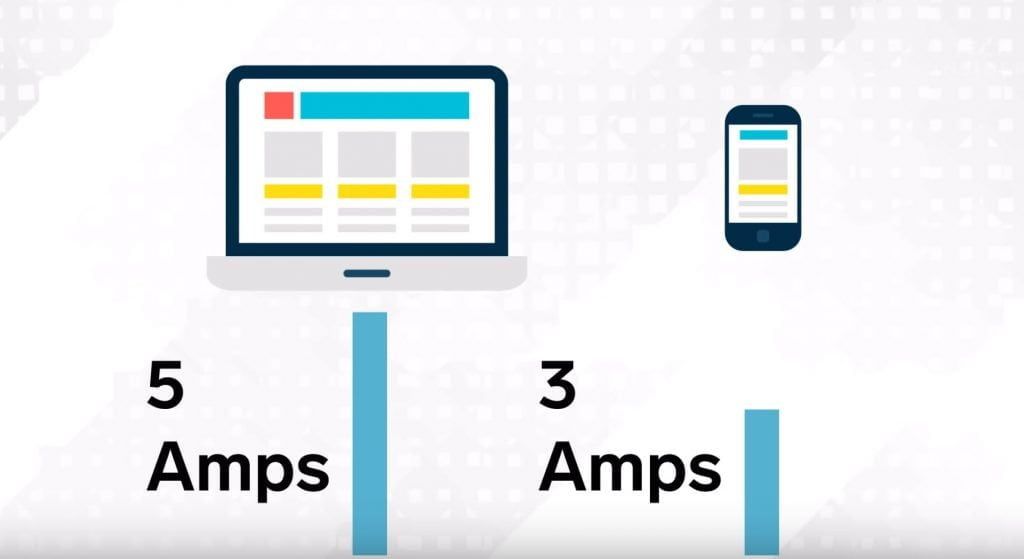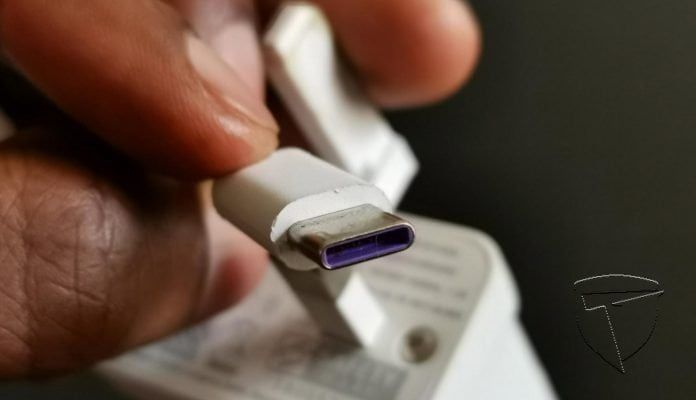Most of the latest devices are powered by a new type of charger known as the USB-C cable. USB stands for Universal Serial Bus (you will find out what the “C” stands for later as you read on) and can be used to transfer data, power, video and audio. It is not limited to one manufacturer unlike Apple’s lightening cables. This is a universal connector we have all been waiting for.
Understanding USB-C
The problems come in when each USB-C cable is priced differently and some USB cables can transfer data and power up to 480 Mbps and 5V,3Amps respectively, while another USB- C cables can transfer up to 10Gbps. So this means even if UBC-C cables look identical, they are also so different things. USB-C was supposed to be a universal connector bridging together phones, computers, power supplies and accessories. But, there is one big issue holding it back. The USB name (the “C” at the end of UCB) refers to the physical shape of the connector and not the protocol. Even though two cables can have the same physical connector, on the inside, it can be very different on the inside.

The protocol or specification determines what the cable can transfer and how fast it can send it. A USB-C cable can be limited to either USB 3.1, 3.0 or 2.0 speeds, some USB-C cables are USB 3.1 Gen 2 cables– this means they can transfer an HD movie in about 5 seconds at 10Gbps. But, you can also have a USB-C cable that is as slow as the ancient USB with low spec. Which means transferring that same HD movie will take about 2 minutes at 480 Mbps speed.
USB-C accessories
Using your USB-C cable that charges your Android phone probably won’t be as fast as that one that comes with a new external hard drive. To make things confusing, some USB-C cables can be used with a second computer monitor, while others aren’t capable of sending a video signal at all. You could easily end up stranded if you mix up the two cables.
This can get even more complicated when you are using adapters to change from USB-C to another connector say a 3.5mm headphone jack pin. Not all adapters are created equal, a headphone adapter that came with one phone isn’t guaranteed to work with a phone from a different company. Your data might transfer slower or you might mix up two different cables. But, what’s the harm? Well, USB-C cables are also responsible for transferring power and the stakes are much higher when you are relying on a cable to send the correct amount of electricity to your device.

Many smartphones and laptops can charge over USB-C but the amount of power these cables can deliver isn’t necessarily the same. A laptop might require almost twice as much power as a smartphone. The consequences of using the wrong cable can be much worse than a slower charge. If you happen to connect a USB cable to your laptop that draws more power than the port can deliver, there is a chance that the port could stop working entirely.
How to avoid bad USB-C cables
USB-C cables are supposed to have safeguards put in place to prevent damage if they are used on a device that doesn’t match with the maximum power drawn. In essence, the cables are supposed to keep the device safe. but sometime manufacturers could cut corners to reduce costs. This means that cables that are not compliant with USB-C standards can seriously harm your device and this might make USB-C seem like an evil cable and its just here to destroy your device. Most of the online horror stories I hear only happen to cables that don’t adhere to safety mechanisms
So, what can you do to prevent yourself from using a wrong type of cable?
- Always buy from trusted brands
- Always read the descriptions and reviews of that cable
- Label your cables to avoid mixing up two which are the same
- Try to use ONLY the cable that came with that device to avoid any nasty surprises.
Even with the risks USB-C is still a really good thing for consumers. It can handle a variety of uses and doesn’t come with a proprietary premium. But, its important to know what your cable should and shouldn’t be used for so you don’t harm your device.

